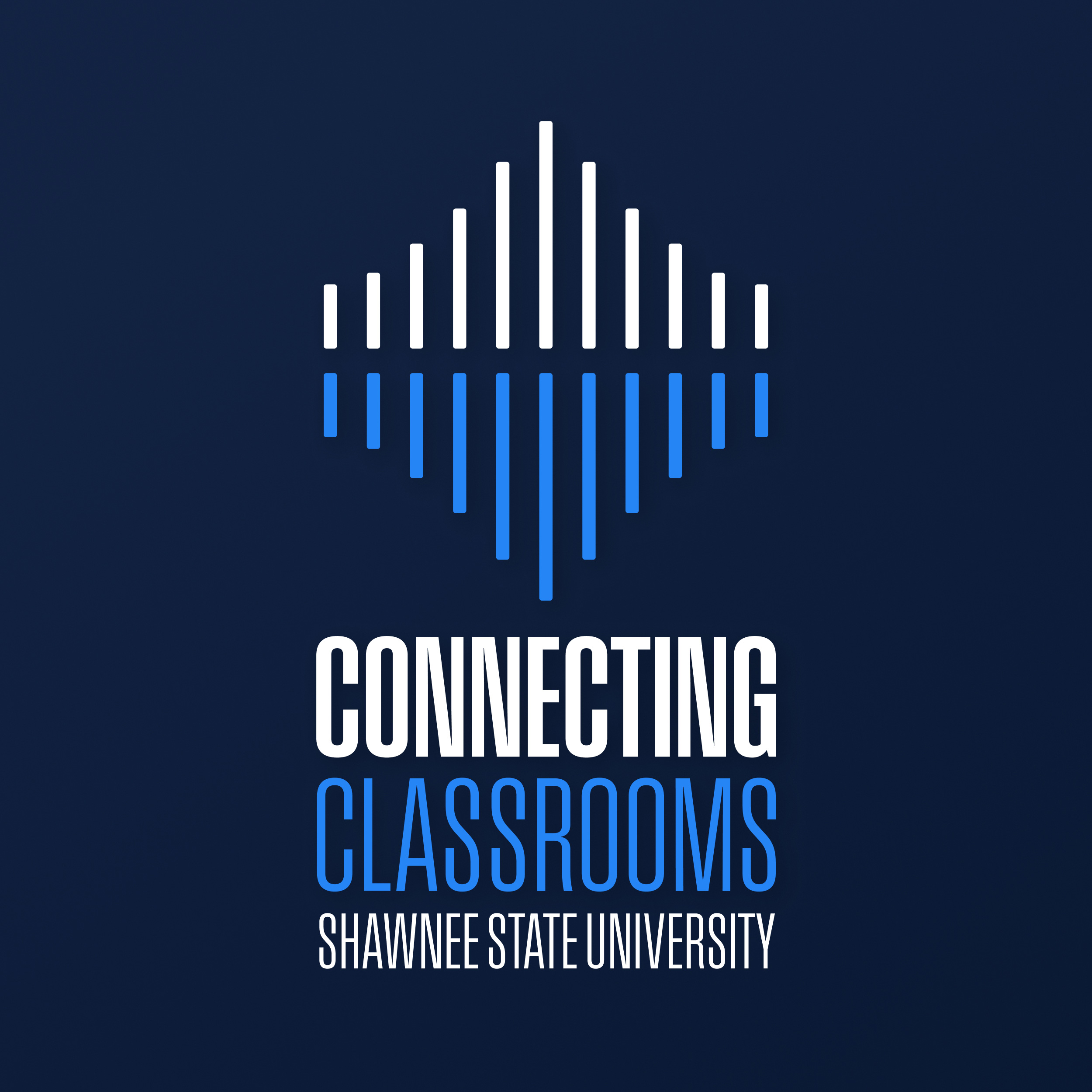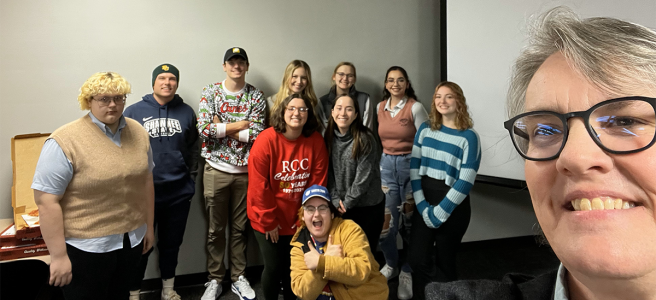In this episode, Student Journalism: Developing Skills for a Lifetime, we meet Dr. Christy Zempter, Assistant Professor of Communication and faculty advisor for Shawnee State University’s student news site The Chronicle, and Hannah Kline, a History major at SSU who is also pursuing a Journalism minor. Hannah is currently enrolled in an Advanced News Writing and Reporting class at SSU, after completing the introductory course in the fall.
Hannah has published about a dozen stories so far on The Chronicle site, but the conversation in this episode focuses primarily on an article she published last fall that focused on student and faculty responses to generative AI platforms like ChatGPT. As part of her reporting process, Hannah developed and distributed a survey to gauge general attitudes and followed up with interviews of both students and faculty members to capture a deeper understanding of their perspectives on the topic.
The research skills that Hannah developed through her work on the article provide just one example of the benefits scholars have attributed to participation in student journalism. Student journalists improve both their oral and written communication skills through interviewing sources and organizing the information they have collected in the reporting process into clear, compelling accounts. They build information literacy and critical-thinking skills through the verification processes associated with responsible journalism. They develop problem-solving strategies and time-management skills as they work toward regular deadlines. They become more engaged with the communities they cover, and studies by the American Press Institute and the Newspaper Association of America have shown that student journalists, on average, have higher GPAs and standardized test scores than their peers.
In a recent Times Higher Ed article, contributor Julie Nightingale explained how journalism helps students build exactly the kinds of skills necessary to navigate the “age of AI.” In 2022, Edutopia writer Andrew Simmons made the case for a mandatory journalism year for high school students, noting the significant impact such an endeavor would have on students’ civic engagement.
Even if your school doesn’t have a student news organization or the means to provide a year’s worth of reporting experience for students, journalism-based exercises and projects can be built into English, social studies, history, even science classes.
Journalism + Design offers a variety of resources for teachers who would like to incorporate journalism into their curricula, including syllabi and detailed explanations of exercises and assignments. For instructors in STEM fields, ScienceNewsLearning offers such lesson plans as “Think Like a Science Journalist.”
You can explore more SSU student journalism on The Chronicle’s website.
A transcript of this episode is available here: Episode 3 Student Journalism Transcript.
Podcast: Play in new window | Download

